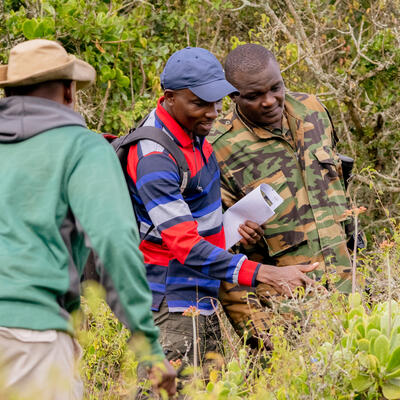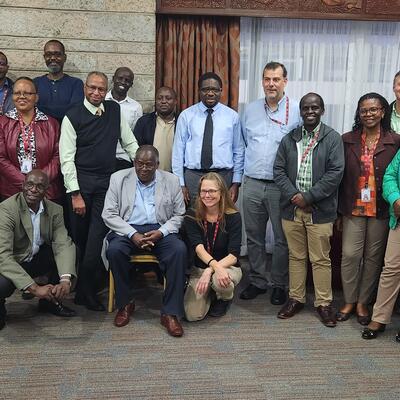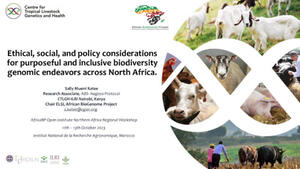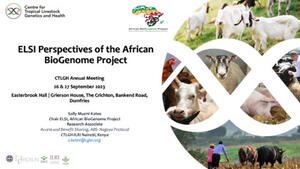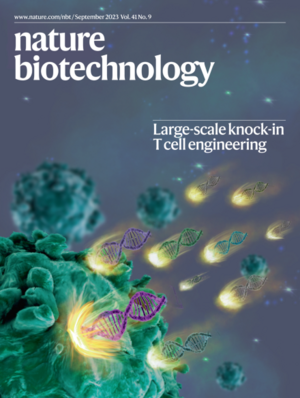
Characterization of Production Traits, Establishment of Genetic Potential for Improvement of Indigenous Breeds of Sheep and Goats in East and Central Africa
The ASARECA member countries of Ethiopia, Kenya, Sudan, Rwanda, Tanzania and Uganda have the largest population of livestock in sub-Saharan Africa, with Sudan, Ethiopia and Tanzania being the top three in terms of population numbers, while Kenya has the highest population of specialized dairy breeds of cattle. Yet the region as whole is a net importer of milk and dairy products. Imports of processed meat products are also considerable. Most traded animal products originate from outside the region indicating that local supplies are unable to meet the demand.
The growing demand for quality dairy and meat products in Eastern Africa is driving new opportunities for value addition. However, significant technical and institutional barriers continue to limit the benefits of these changes to small-scale producers. Concerns for quality and safety of dairy and meat products limits access of small scale producers to both conventional and niche markets.
There are several factors placing indigenous animal genetic resources at risk. Increasing human population has led to intensified settlement in pastoral areas reducing the land available for livestock. Neglect of traditional livestock production systems arising from the commercialization of agriculture and change in traditional farming systems is threatening the security of some of the least studied breeds/strains, in addition, famine and civil conflict have decimated localized populations.
Unfortunately, as genetic erosion increases, information on genetic uniqueness of some of those populations is still lacking. There is not even information on the number and population sizes of breeds and strains under threat.
This project is a continuation of an earlier Stream B CGS ASARECA project implemented in 2006-2007 in Eritrea, Rwanda, Kenya and Tanzania. The research project identified project sites in each country and participating stakeholders before it was stopped in the year 2007. The new extended project will try to address the aspects not covered under the previous project and include community based breeding programmes for small ruminant improvement. A monitoring element will also be included to evaluate the progress on small ruminant improvement programmes in participating countries. The project involves collaboration of 4 NARs in Kenya, Rwanda, Eritrea and the United Republic of Tanzania. Within each country the project will collaborate with various relevant stakeholder organizations, both public and private, to meet the objectives of the project.
Objectives/goals
a) Generate and disseminate demand driven small ruminant breeding technologies and innovations for small ruminant keepers.
b) Facilitate the formulation of policy options for enhancing the performance of the small ruminants.
c) Strengthen the capacity for implementing sustainable breed improvement programmes.
d) Enhance the availability of information on small ruminant breeds through networking and partnerships.
Expected outputs
The project’s impact will be measured at several levels involving institutions, research products and human resources development. The most significant measure of progress would be the quality and consistency of the data and information provided to national governments, East African community, ASARECA/ILRI and FAO and other development agencies. The value of this would in turn be measured by harmonization of breeding policies, MATs and MTAs in the region. The impact of the project will be determined by change in attitude and improvement of livelihoods of livestock keepers.









